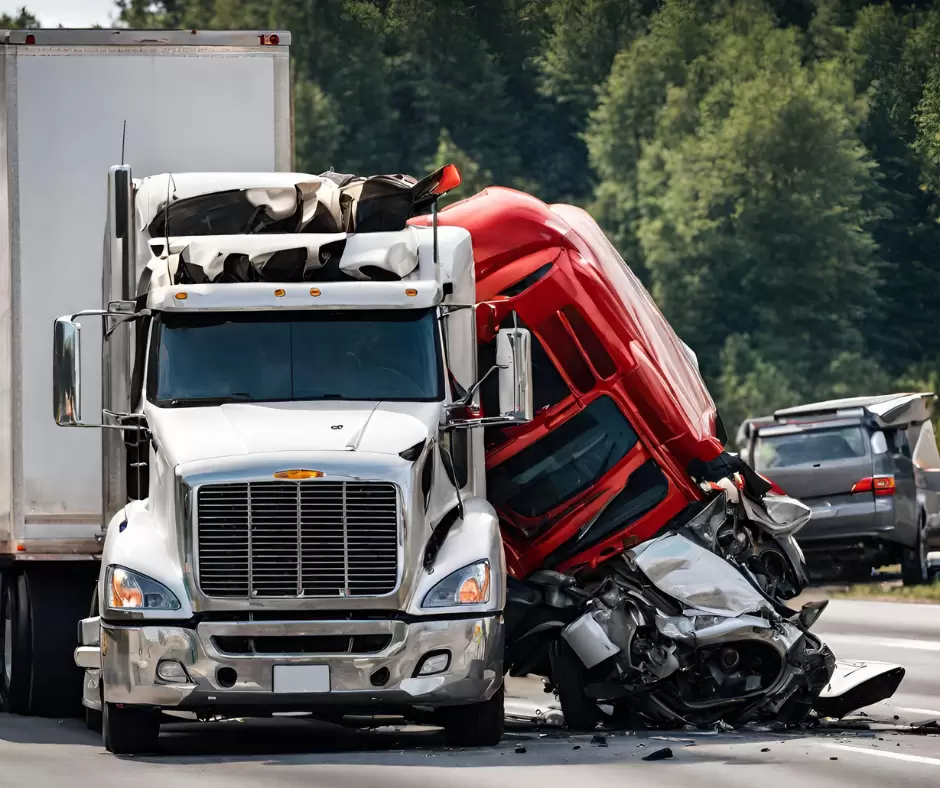Safe Journey: The Role of Road Regulations in Preventing Truck Accidents
The open road calls to many a symbol of freedom and possibility. Yet its safety relies on a tapestry of laws and regulations that guide and protect. Adherence to these regulations is not just a recommendation for operators of large commercial vehicles but a strict mandate critical to ensuring that each trip ends as smoothly as it begins. A Truck Accident Lawyer can affirm that compliance with road regulations is the most vigorous defense against catastrophic accidents in heavy vehicles, where the potential for damage in an incident is markedly heightened. These guidelines serve as the unsung yet influential guardians of the asphalt, making each passing mile safer for all.
Regulations and Road Safety: The Connection
Regulatory mandates create a framework within which trucking companies and drivers operate, forming a symbiotic relationship with road safety. These rules are formulated based on empirical data and expert insights, stretching beyond simple directives to become the backbone of highway safety. Adherence to these directives, such as requiring strict schedules for vehicle maintenance and enforcing hours of service regulations, plays a pivotal role in decreasing the frequency and severity of truck-related accidents. Moreover, regulatory bodies are consistently working to improve these protocols, ensuring they evolve with the complexities of modern transportation.
Compliance Challenges for Trucking Companies
While compliance is universally acknowledged in the trucking industry, consistently achieving it can be daunting for many companies. Maintaining evolving regulations and ensuring every vehicle in a large fleet meets safety standards presents significant challenges. Despite these obstacles, companies must persevere, as the cost of non-compliance can be severe—not just financially but also in terms of human life and well-being. Implementing training programs, conducting regular compliance checks, and fostering a safety-first culture within the organization are vital strategies to overcome these challenges. A Truck Accident Lawyer can provide essential guidance to navigate these complexities effectively.
Technological Advancements in Truck Safety
The role of technology in road safety continues to expand, offering new tools that trucking companies can leverage to protect their drivers, vehicles, and the public. Innovations range from advanced navigation systems that help avoid traffic hazards to electronic logging devices that ensure drivers adhere to hours of service limitations. Such technologies serve not only as a means of compliance but as proactive safety measures that can save lives, prevent injuries, and significantly reduce the number of accidents on our roads.
Understanding the Legal Framework Surrounding Road Safety
An intricate legal framework surrounds the trucking industry, designed to support road safety initiatives and protect all road users. These laws provide clarity and enforceability to safety regulations, fostering an environment where compliance is monitored, and non-compliance has clear ramifications. A strong understanding of this framework is essential for trucking companies, as it helps them to navigate legal complexities and ensures that their practices align with national and state safety standards. Such diligence not only safeguards travelers but also helps protect companies from potential liability issues in the event of an accident.
Driver Responsibilities and Road Safety
Truck drivers, who are primary guardians of highway safety, carry an enormous responsibility to themselves and others. Meticulous Adherence to the rules, staying alert to road conditions, and making informed decisions define the ethos of a conscientious driver. This includes adhering to speed limits, maintaining a safe following distance, and adhering to rest period regulations. Education and continuous training are indispensable in empowering drivers to fulfill these obligations, helping to instill a mindset where safety is always the priority.
Truck Accident Statistics and Prevention Strategies
Statistical analysis of truck accident data is foundational to developing effective prevention strategies. By dissecting these statistics, regulators and companies can identify common factors contributing to accidents. This evidence-based approach leads to better-informed decisions regarding safety measures to prioritize and bolster. These strategies often extend to policy changes, technological upgrades, and educational programs—all aimed at one goal: the minimization of truck-related mishaps.
Public Awareness Campaigns and Truck Safety
Public awareness campaigns are vital tools in the continual effort to enhance road safety. By educating the public on best practices for sharing the road with large vehicles and highlighting the risks of non-compliance with road regulations; these campaigns bolster other preventative measures. They are an essential component of any comprehensive approach to preventing truck accidents, as they help build an informed citizenry that understands their critical role in maintaining road safety.
Future Directions in Truck Safety Regulations
Adaptive and forward-looking regulations are essential for keeping pace with the advancements in the transportation industry. New technologies bring new opportunities and difficulties for regulatory agencies. Examples include advanced artificial intelligence algorithms for traffic control and autonomous driving systems. Anticipating these developments and remaining flexible in the regulatory approach will be crucial for maintaining and enhancing truck safety standards in the years to come.


